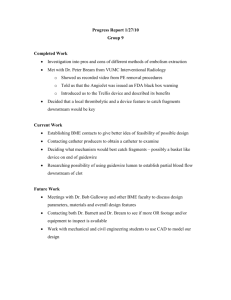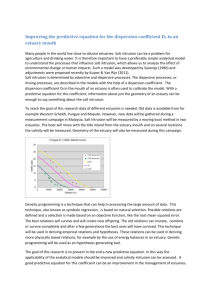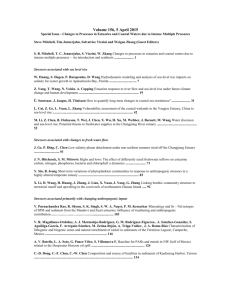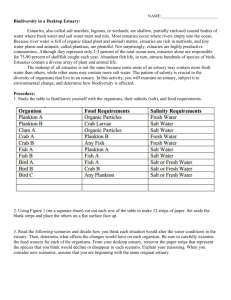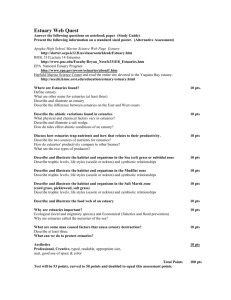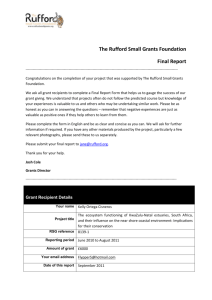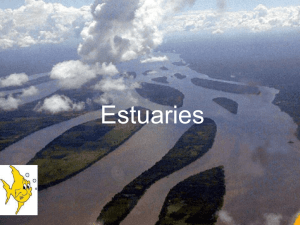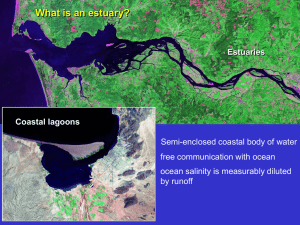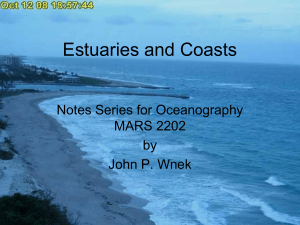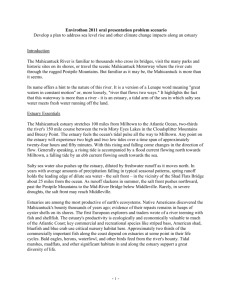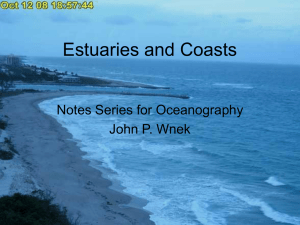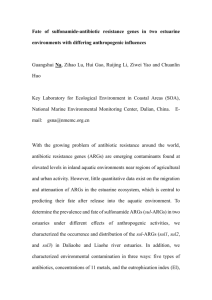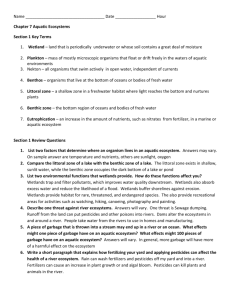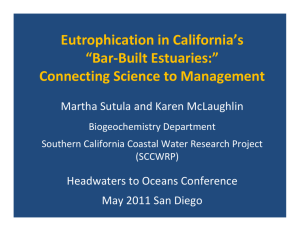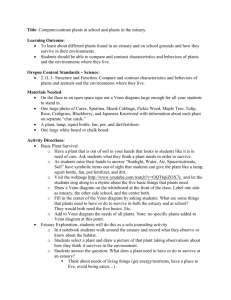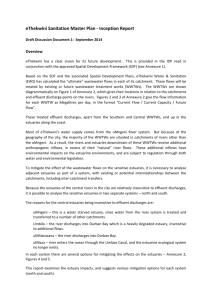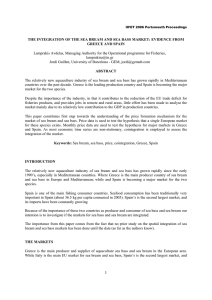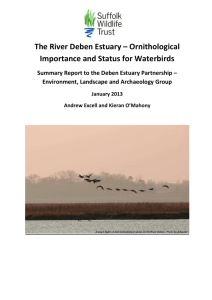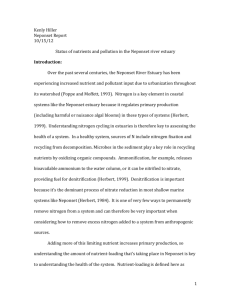here
advertisement
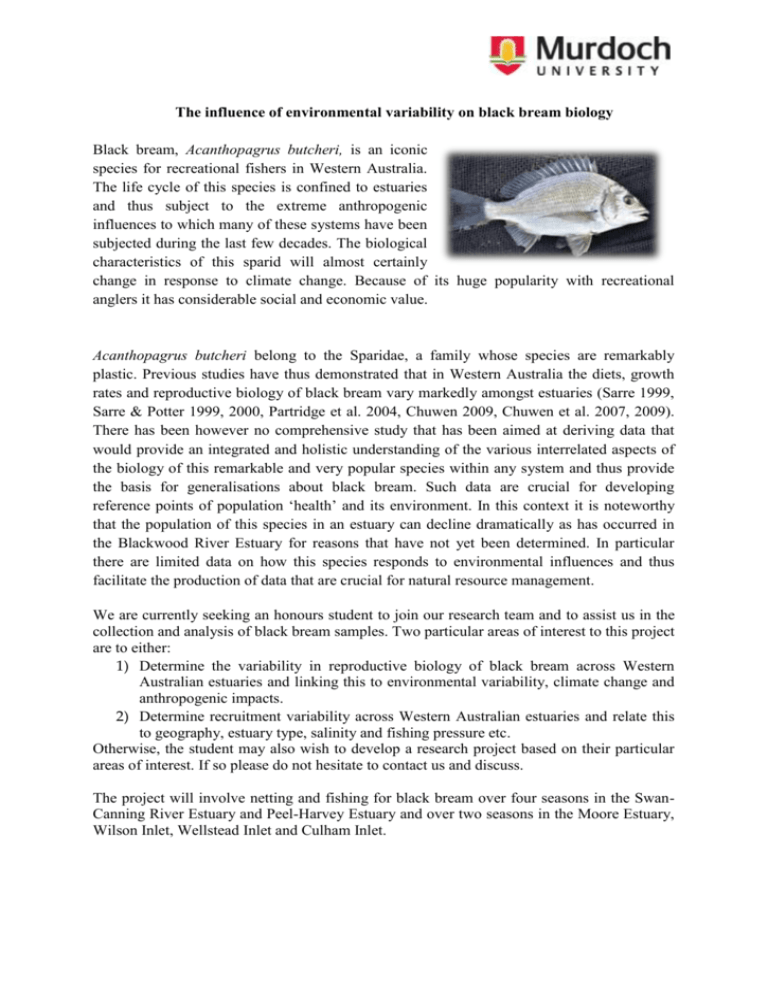
The influence of environmental variability on black bream biology Black bream, Acanthopagrus butcheri, is an iconic species for recreational fishers in Western Australia. The life cycle of this species is confined to estuaries and thus subject to the extreme anthropogenic influences to which many of these systems have been subjected during the last few decades. The biological characteristics of this sparid will almost certainly change in response to climate change. Because of its huge popularity with recreational anglers it has considerable social and economic value. Acanthopagrus butcheri belong to the Sparidae, a family whose species are remarkably plastic. Previous studies have thus demonstrated that in Western Australia the diets, growth rates and reproductive biology of black bream vary markedly amongst estuaries (Sarre 1999, Sarre & Potter 1999, 2000, Partridge et al. 2004, Chuwen 2009, Chuwen et al. 2007, 2009). There has been however no comprehensive study that has been aimed at deriving data that would provide an integrated and holistic understanding of the various interrelated aspects of the biology of this remarkable and very popular species within any system and thus provide the basis for generalisations about black bream. Such data are crucial for developing reference points of population ‘health’ and its environment. In this context it is noteworthy that the population of this species in an estuary can decline dramatically as has occurred in the Blackwood River Estuary for reasons that have not yet been determined. In particular there are limited data on how this species responds to environmental influences and thus facilitate the production of data that are crucial for natural resource management. We are currently seeking an honours student to join our research team and to assist us in the collection and analysis of black bream samples. Two particular areas of interest to this project are to either: 1) Determine the variability in reproductive biology of black bream across Western Australian estuaries and linking this to environmental variability, climate change and anthropogenic impacts. 2) Determine recruitment variability across Western Australian estuaries and relate this to geography, estuary type, salinity and fishing pressure etc. Otherwise, the student may also wish to develop a research project based on their particular areas of interest. If so please do not hesitate to contact us and discuss. The project will involve netting and fishing for black bream over four seasons in the SwanCanning River Estuary and Peel-Harvey Estuary and over two seasons in the Moore Estuary, Wilson Inlet, Wellstead Inlet and Culham Inlet. Full time Honours will commence on the 10th February 2014, with a thesis submission date of the 27th October 2014. However, this project could be undertaken as a part time Honours, over four semesters (i.e. two years), or one semester full time and two semesters part time (18 months). Supervisors: Dr Joel Williams and Professor Ian Potter. For more information please contact Joel Williams at: j.williams@murdoch.edu.au or 08 9239 8808.
